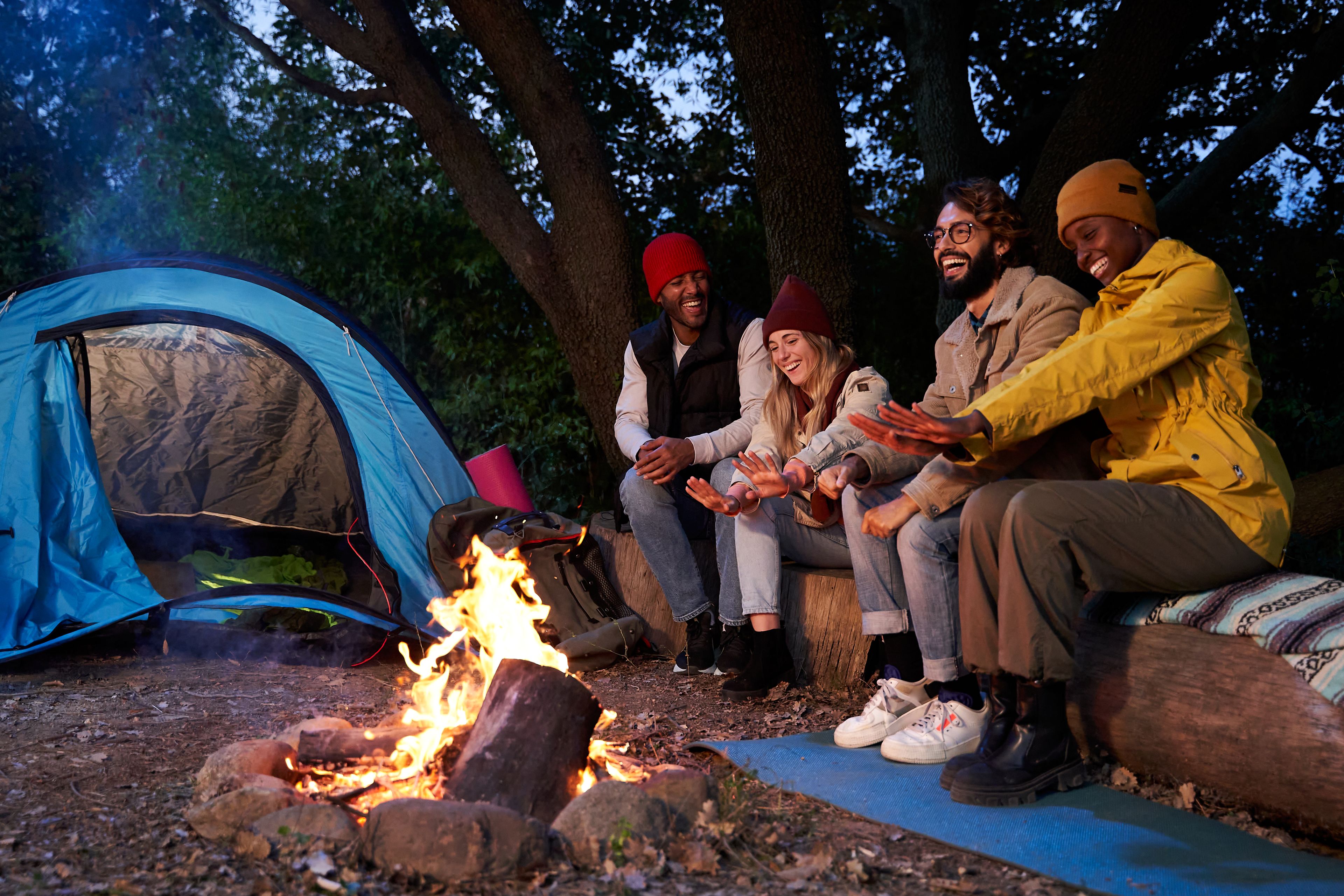
Prevention
Campfire Safety
Campfires are a classic part of outdoor fun, but they can quickly become dangerous if safety isn’t a priority. Every year, many people are treated for burns related to campfires. Use these tips to enjoy the warmth safely.
Download PDFFind a Burn CenterBurn First Aid
If Someone Gets Burned
Cool the burn with clean, cool (not cold) water for several minutes.
Remove tight items like rings or watches near the burn.
Cover the burn loosely with a clean cloth.
Seek medical care for larger or deeper burns.
Why It Matters
Campfires can quickly turn dangerous; burns often affect hands, arms, and faces.
Following safety precautions protects everyone and prevents life-changing injuries.
Prevention is always safer than treatment afterward.